Magnesium Zinc Oxide Sputtering Target Description
The magnesium zinc oxide sputtering target consists of magnesium, zinc, and oxygen. High-purity magnesium-zinc oxide sputter targets are crucial in deposition processes to ensure the production of high-quality films. TFM specializes in producing sputtering targets with purity levels up to 99.9995%, employing rigorous quality assurance processes to guarantee product reliability.
Related products: Magnesium Sputtering Target, Zinc Sputtering Target
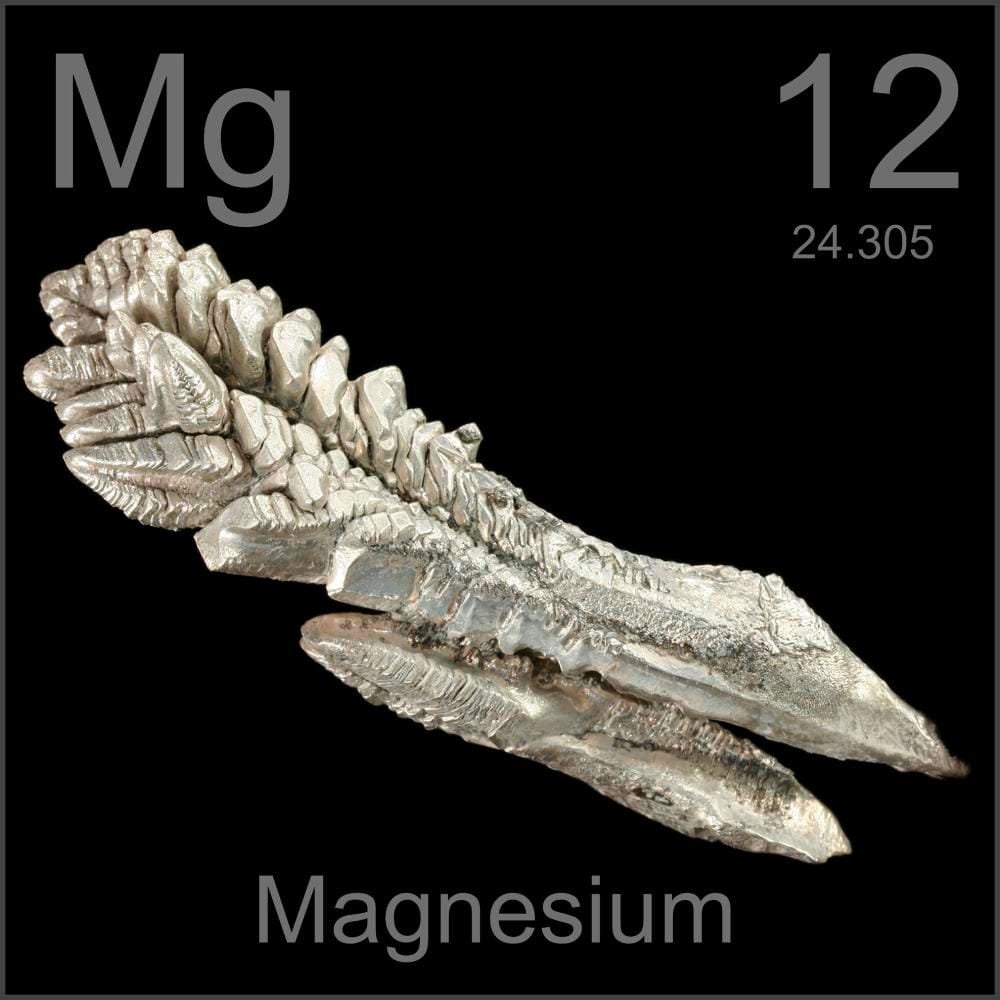
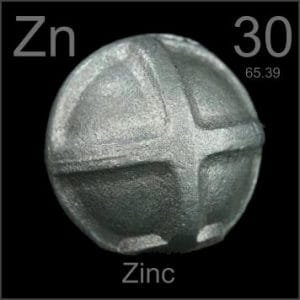
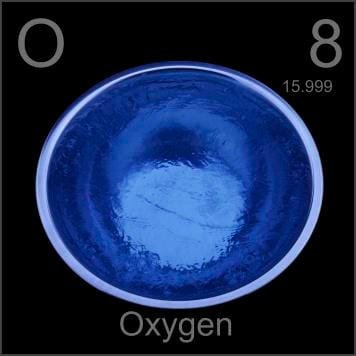
Magnesium Zinc Oxide Sputtering Target Specification
| Material Type | Magnesium Zinc Oxide |
| Symbol | Mg(1-x)ZnxO |
| Color/Appearance | White Solid |
| Melting Point | N/A |
| Density | N/A |
| Type of Bond | Elastomer, Indium |
| Available Sizes | Dia.: 1.0″, 2.0″, 3.0″, 4.0″, 5.0″, 6.0″ Thick: 0.125″, 0.250″ |
We also offer other customized shapes and sizes of the sputtering targets; please Contact Us for more information.
Magnesium Zinc Oxide Sputtering Target Application
The magnesium zinc oxide sputtering target is used for various applications including thin film deposition, decoration, semiconductor, display, LED, and photovoltaic devices. It is also utilized in functional coatings and other optical information storage industries, as well as in glass coating for car and architectural glass, and in optical communication technologies.
Magnesium Zinc Oxide Sputtering Target Packaging
Our magnesium zinc oxide sputter targets are carefully handled to prevent any damage during storage and transportation, ensuring they arrive in perfect condition and maintain their original quality.
Get Contact
TFM offers magnesium zinc oxide Sputtering Targets in various forms, purities, sizes, and prices. We specialize in high-purity thin film deposition materials with optimal density and minimal grain sizes, which are ideal for semiconductor, CVD, and PVD applications in display and optics. Contact Us for current pricing on sputtering targets and other deposition materials that are not listed.

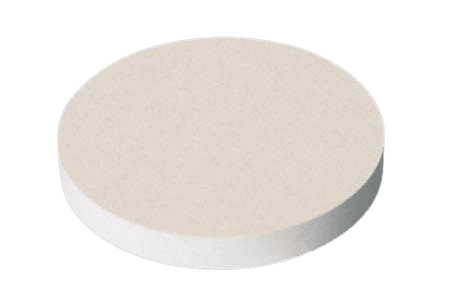

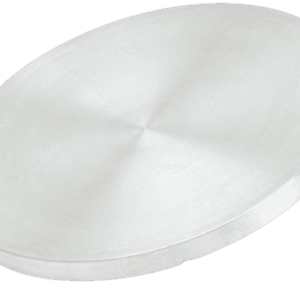
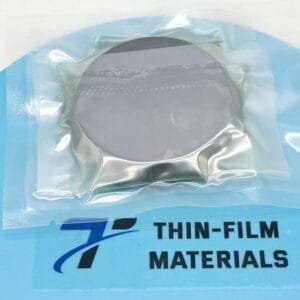
Reviews
There are no reviews yet.